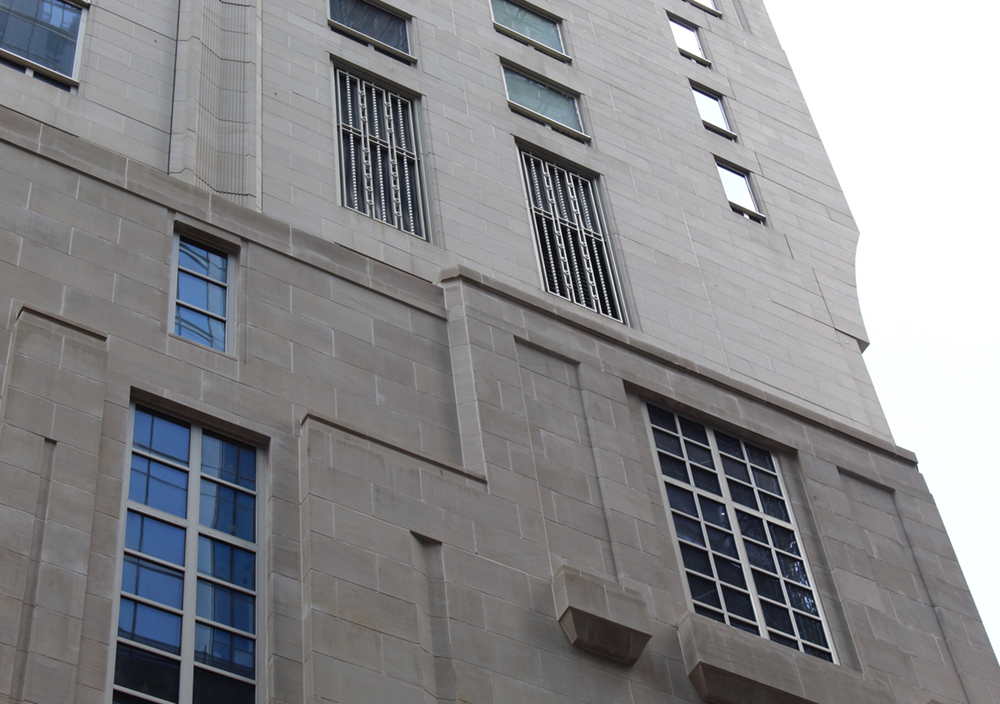August 02, 2019 09:30AM

Supreme Court Judge rules against LES development
Citing a book that laments the “proliferation of skyscrapers” during the turn of the 20th century, Supreme Court Judge Arthur Engoron spoiled the plans of Two Bridges tower developers CIM Group, L+M Development Partners, Starrett Development and JDS Development Group — for now.
Judge Engoron enjoined the Department of Buildings from issuing permits until the project is properly approved, according to a press release, after temporarily halting the development in June. In a statement, a spokesperson for the joint venture said the developers plan to fight the ruling, The City reported.
The developers planned to erect four 60 to 100-story towers with 2,775 apartments, with 25 percent of the units set aside as affordable. The plans had been previously approved, but the Department of City Planning voted to change the development sites’ permit without going through a public review. Now, the towers may be headed to Uniform Land Use Review Procedure (ULURP), a community review process that could stretch on for months.
Two more lawsuits have challenged the Two Bridges development, by community groups including Good Old Lower East Side and CAAAV Organizing Asian Communities. A representative from CAAV said that the ruling gives them time to work on their larger goal of limiting building heights across the board on the Lower East Side.
— Georgia Kromrei
















